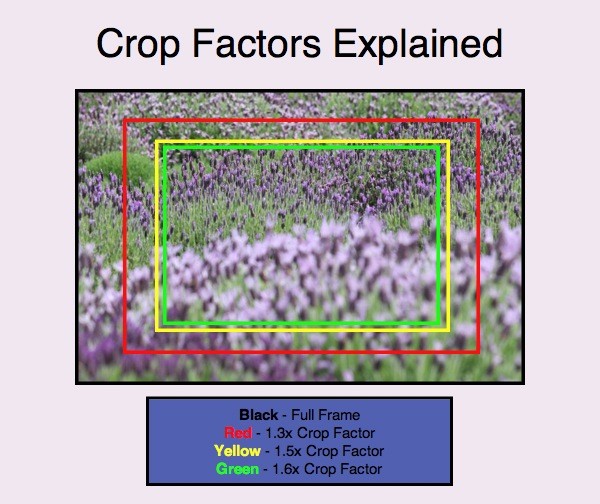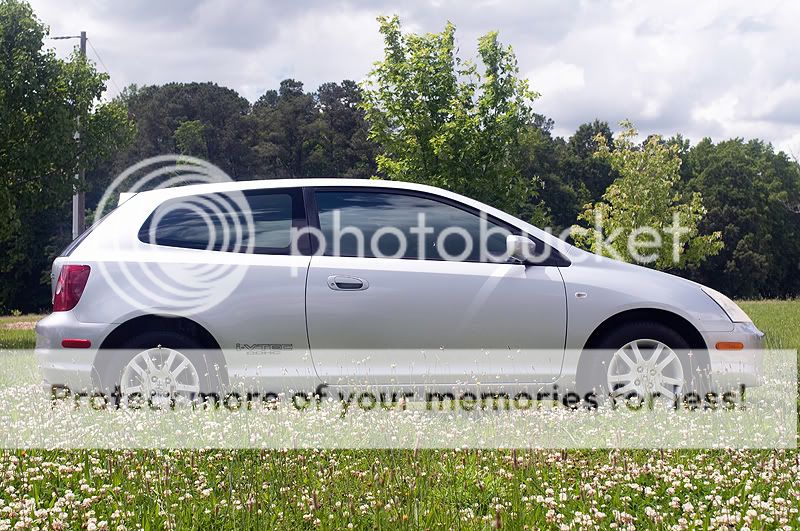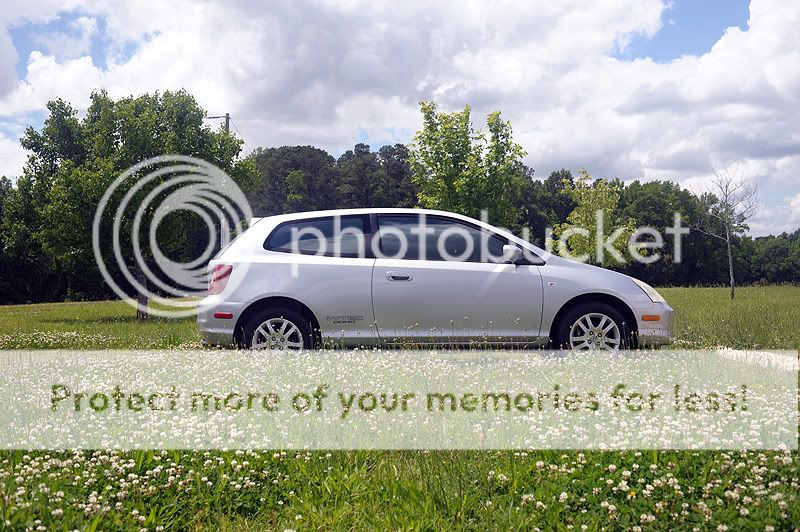Holy crap guys, don't get your nickers in a bunch. He asked a question about photography in a beginner's photography forum. Put your egos aside for a moment and try to do something constructive. Just telling someone to go do it themselves is not constructive, and counter-intuitive to the idea of a forum. Many on this forum already know about this subject, so when someone asks about it, wouldn't it be a good thing to share that knowledge? Sheesh.
Now, I'll use what knowledge I have about crop sensors to help you out (I hope). I own and use a Canon 450D, which is an APS-C (Advanced Photo System, Type C) format camera, so I'll use that as an example. The concepts are the same for other cropped sensor cameras.
The field of view will not be different to an equivalent full frame 35mm, or even medium format camera, as long as you use a lens that was designed for that sensor. In Canon's case, they manufacture an EF-S (EF Small) line of lenses for their APS-C format cameras. These lenses focus the image onto the sensor tighter than a standard EF lens would. Thus, an EF-S 50mm lens would produce the same field-of-view on an APS-C camera as an EF 50mm lens on a full frame, 35mm camera.
Now, the significant differences show up when you put an EF lens on an APS-C camera. The APS-C sensor is equivalent in size to a 35mm divided by 1.6; the "crop factor" thus being x1.6. (Sorry for all the numbers, but they're necessary to illustrate the point.) So, if I put a 50mm EF lens on a full frame camera, I will get an effective focal length (what the sensor "sees" as the focal length and thus the associated field-of-view) of 50mm. But, if I put that same EF 50mm on an APS-C format camera, such as a Canon 450D, I will have an effective focal length of 80mm, because the image projected onto the sensor is much larger than the sensor itself. (There are other considerations that I won't get into, such as compression of field and lens distortion, because you needn't know about them right away.)
Now, one of the main benefits of a full frame sensor is better noise and low-light performance. This is because the "pixels" on the sensor are larger on a full frame than a crop sensor, and again for reasons I won't go into, this reduces the amount of noise you get from the sensor, and since more light overall is hitting the sensor, will give you better low-light performance. They also provide slightly higher quality bokeh (bluriness in shallow depth of field), but that has a lot more to do with how many blades there are in the lens' aperture.
Benefits of the compact sensor is that lenses require far less glass than a normal lens made for a 35mm format, and FAR less glass than for medium-format lenses. This is mostly because the back-focus (the focus distance between the part of the lens closest to the sensor and the sensor itself) is smaller than on a normal 35mm lens. They are thus lighter, cheaper, and generally easier to carry around because of it. If you're after portability, this is a boon. Having that cropping can also help you work with normal lenses you may already have for longer range telephoto work. I know that Scott Bourne (he does lots of nature/wildlife photography, namely birds) sometimes uses a compact frame camera whenever he wants a lens to behave as if it were a much longer. For instance, if I owned Canons EF 70-200mm f/2.8L IS USM, and put that on my cropped, APS-C camera, it would effectively behave as if it were a 112-320mm lens. Super-telephoto lenses are expensive (thousands upon thousands of dollars for good ones, especially when you get past the 500mm mark), and having a cropped sensor can effectively make a good telephoto lens into a super-telephoto. So, when looking to save on glass, a cropped sensor can be a real boon.
I hope that helps. Cheers.













![[No title]](/data/xfmg/thumbnail/34/34592-a6ba64e21d4257d5df6832c1bc9691f1.jpg?1734165588)